We have the ultimate guide to train your abs without making your back suffer: 22 exercises that prevent torso flexion
We are used to hearing we have to strengthen our abs to avoid back pain, mainly in the lower back. But sometimes, working out your abs can be painful because of a bad technique, doing exercises that aren’t recommended or because of spinal conditions.
Abdominal muscles are those that cover the wall of the abdomen: internal oblique, external oblique, transversus abdominis, anterior rectus abdominis and pyramidalis. However, we also have to take into account other muscles that provide support to the middle part of the body –the Core– that are: the quadratus lumborum, Iliopsoas, diaphragm, pelvic floor, latissimus dorsi, the erector muscle group, glutes…
Therefore, these muscles mainly provide support, for that’s why we should work to improve our core stability, but no more than 2 or 3 times a week.
One way of controlling the abdominal muscles is doing exercises included in the hypopressive method, which you can check here.
The most common exercises you can see in a fitness room are torso flexions, but they can damage the spine. Each time you flex your torso, you exert a very high pressure on the lumbar vertebrae, causing the intervertebral discs to wear, as well as cervical pains that appear due to malpractice.
Therefore, we have to try to do exercises that don’t affect the spine but support it:
- With your back on the floor, bent your legs and your feet on the floor, raise one knee and press with the opposite hand keeping your elbow stretched while breathing out for about 4 or 5 seconds. Breathe out when you lower your leg.
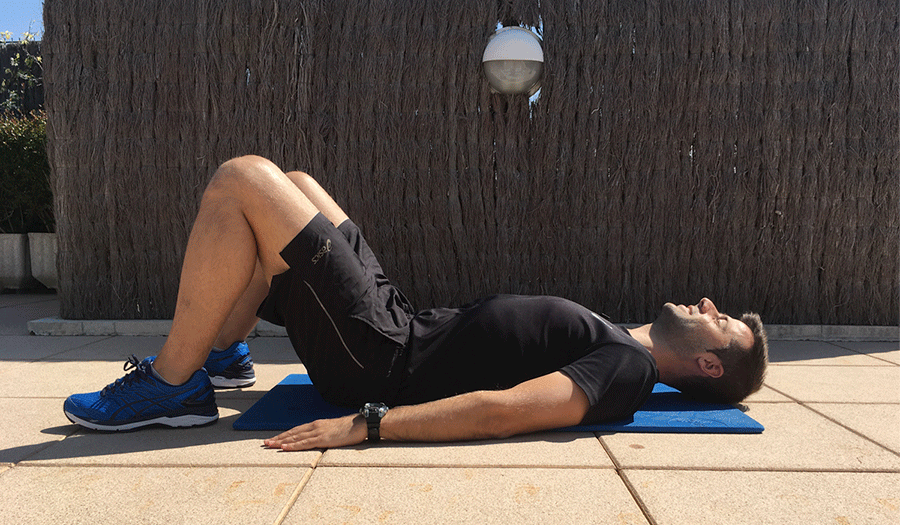
- The same as the previous exercise but raise both legs at the same time, press your hands and breathe out for about 4 seconds.
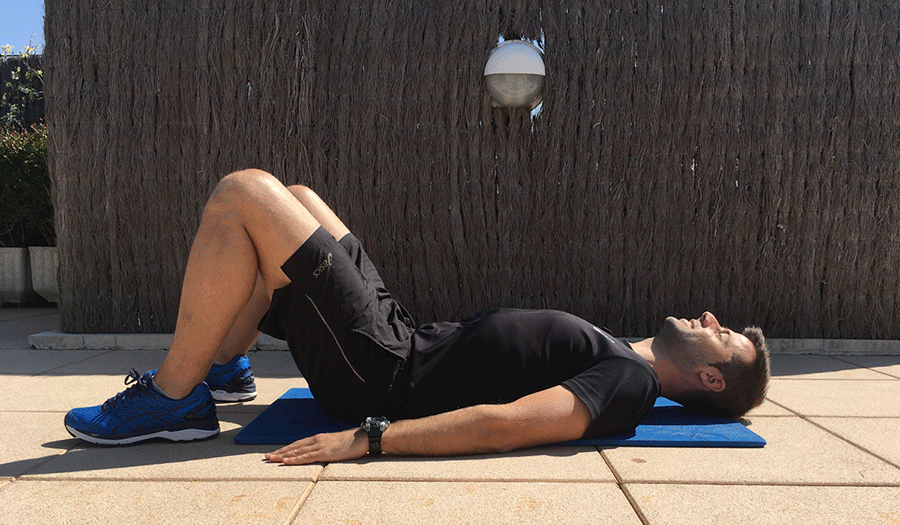
- Make a 90 degree angle with your hips and knees and stretch your arms; stretch one knee and flex the opposite arm at the same time while breathing out. Return to your initial position while breathing in.
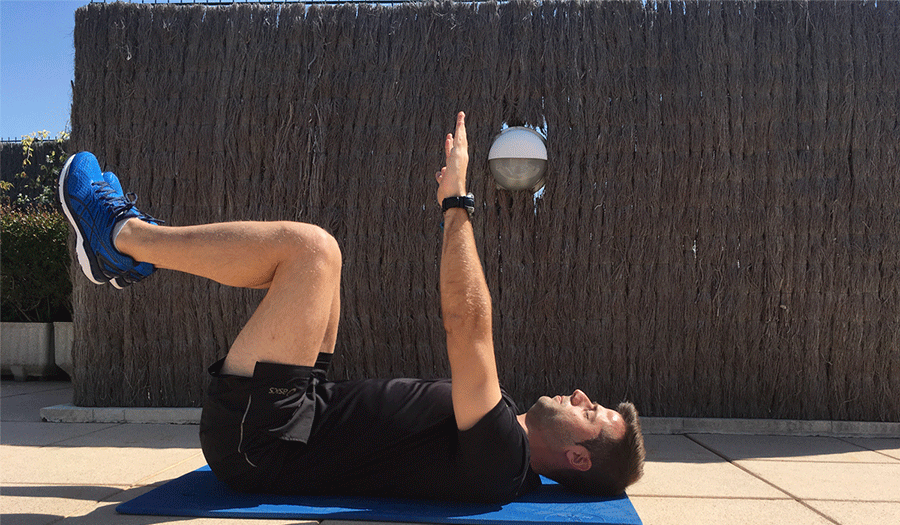
- More intense option: Make a 90 degree angle with your hips and stretch your knees as much as possible.
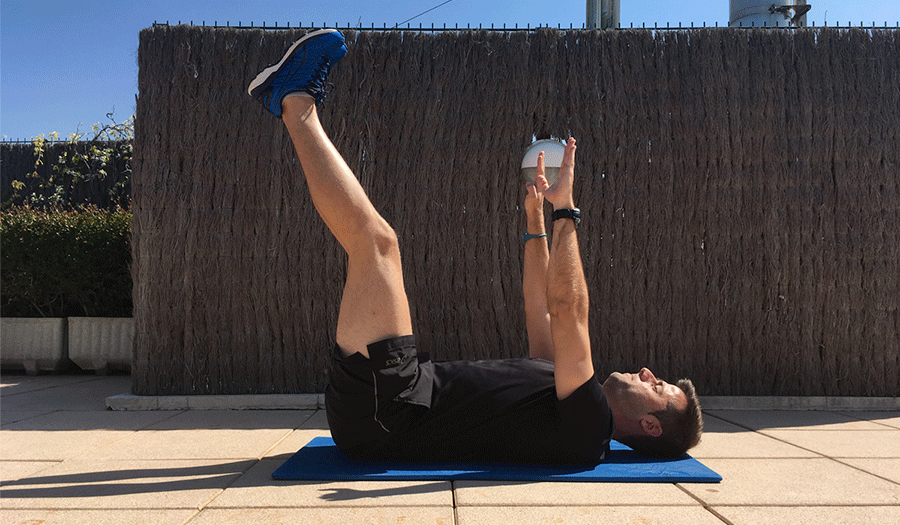
- Press one knee with the opposite hand, stretch your elbow. Stretch your knee and flex the opposite arm while breathing out.
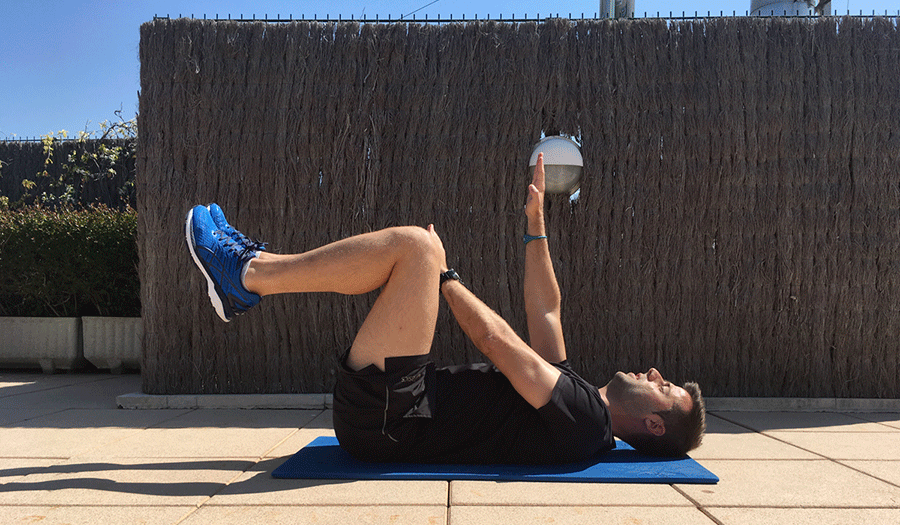
- More intense option: Stretch the knee of the leg you’re not working with.
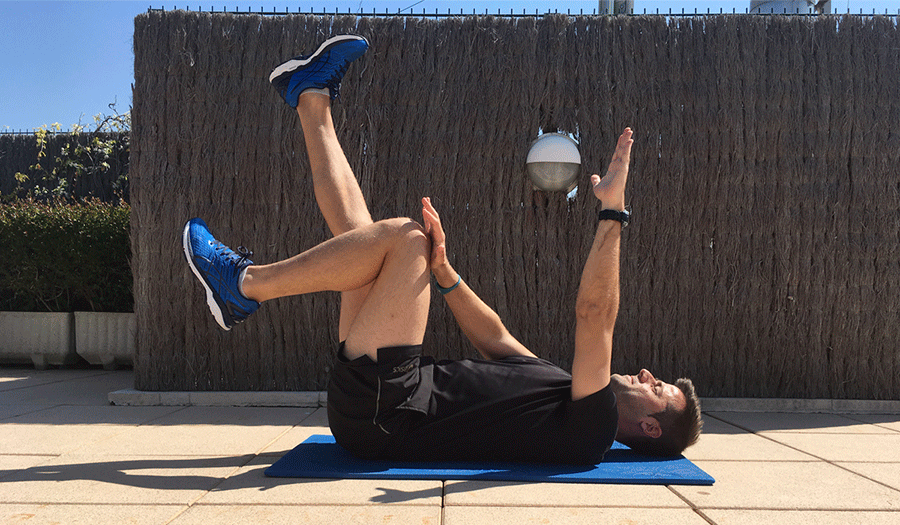
One way of strengthening the lumbar-abdominal muscles is with anti-stretch, anti-flexion and anti-rotation exercises.
Anti-stretch abs
These are the exercises we know as “plank”. I would recommend doing 8-10 second sets with 3-5 second rests since it doesn’t make much sense to hold the position for 1 whole minute. It’s more efficient if you let the muscle fibres oxygenate for 3-5 seconds between sets. Then you can do a whole minute, just not all at once. This is how you should do it:
- On your knees and forearms on the floor (photo 1); feet and forearms on the floor. (Photo 2); feet and hands on the floor. (Photo 3).
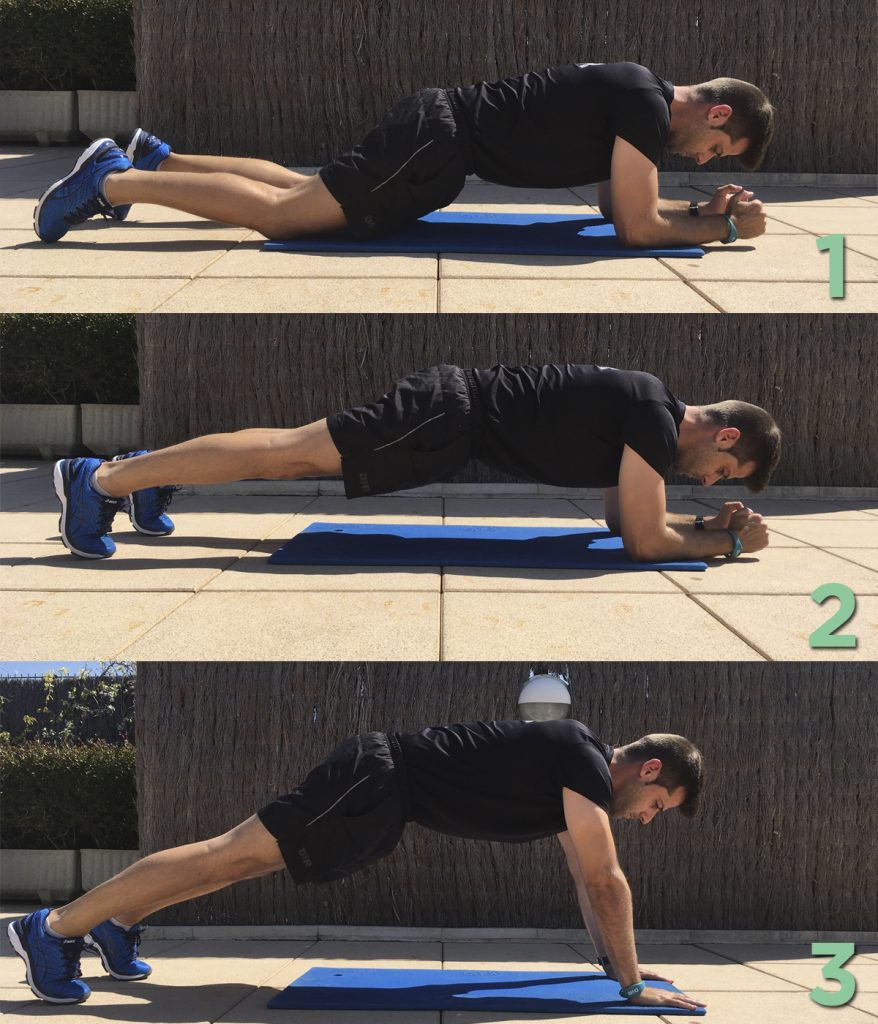
Anti-flexion abs
The well-known “side planks”. You can avoid flexing your torso laterally. This is how you can do it:
- On your knees (photo 1); one knee on the ground and stretching the other (photo 2); one knee on the floor and the other leg stretched up (photo 3); two feet on the floor facing each other (photo 4); two feet on the floor one on top of the other (photo 5).
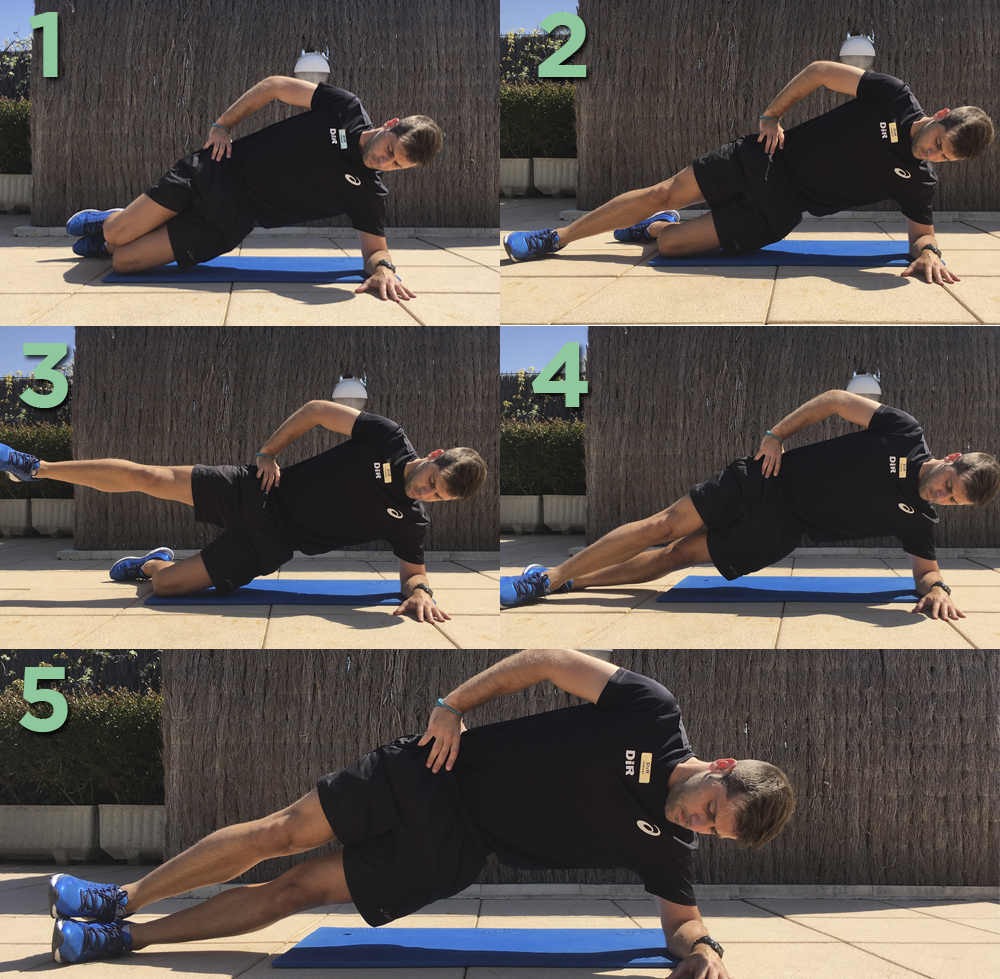
Anti-rotation abs
Exercises that prevent rotating your torso. They can be done with rubber bands or with pulleys.
- Hold the rubber band in front of your sternum with stretched arms and semi-flexed knees (photo 1); the same with a lunge (photo 2)
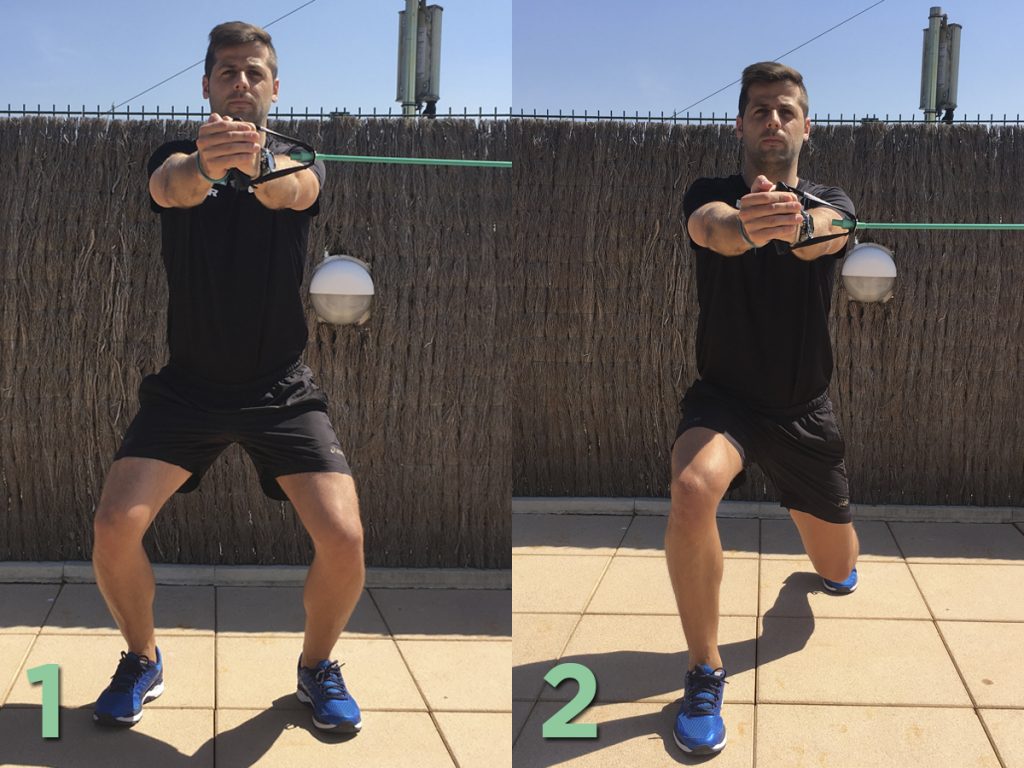
- Move keeping the rubber band in front of your sternum
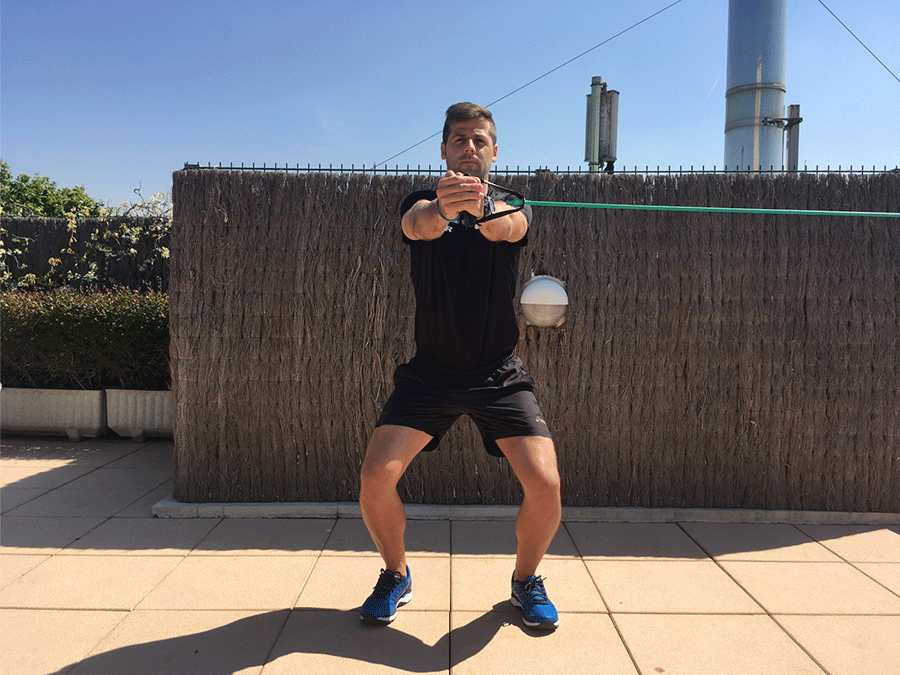
- With semi-flexed knees and one hand on your opposite shoulder, pull the rubber band with the other hand, trying not to rotate your body.
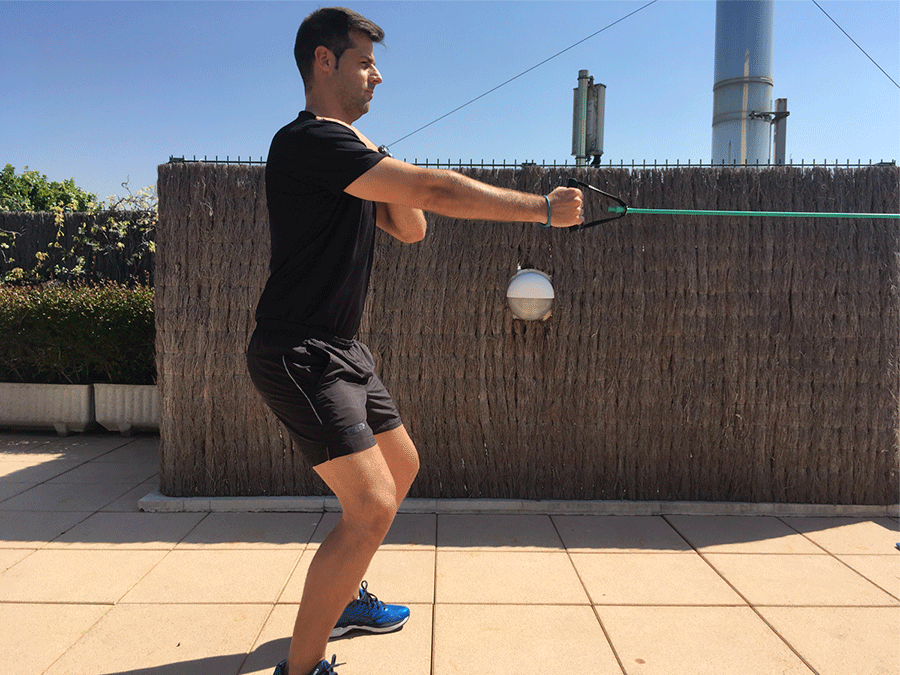
- The same with a lunge.
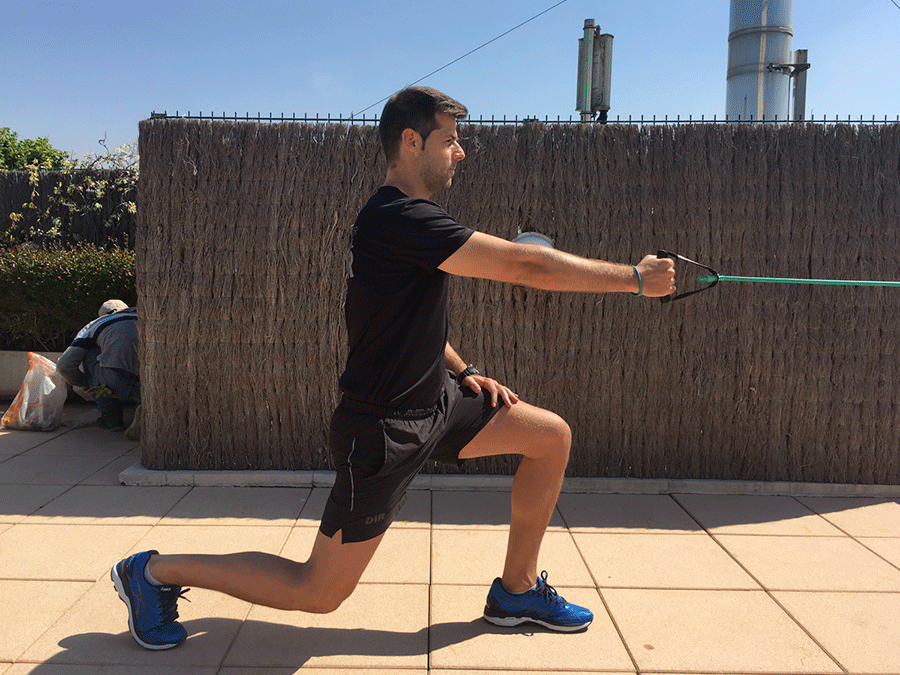
Anti-rotaton + anti-stretch abs
- Kneel on the floor, stretch your arm.
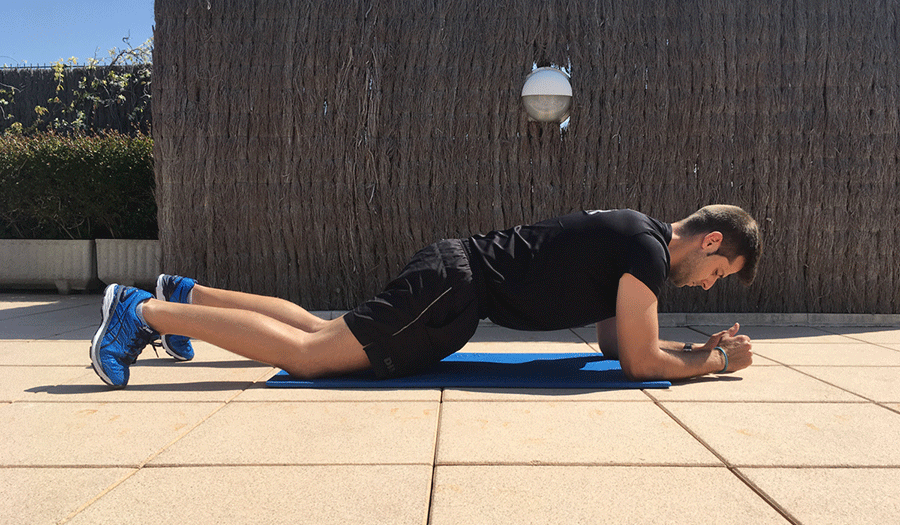
- The same but with your feet on the floor.
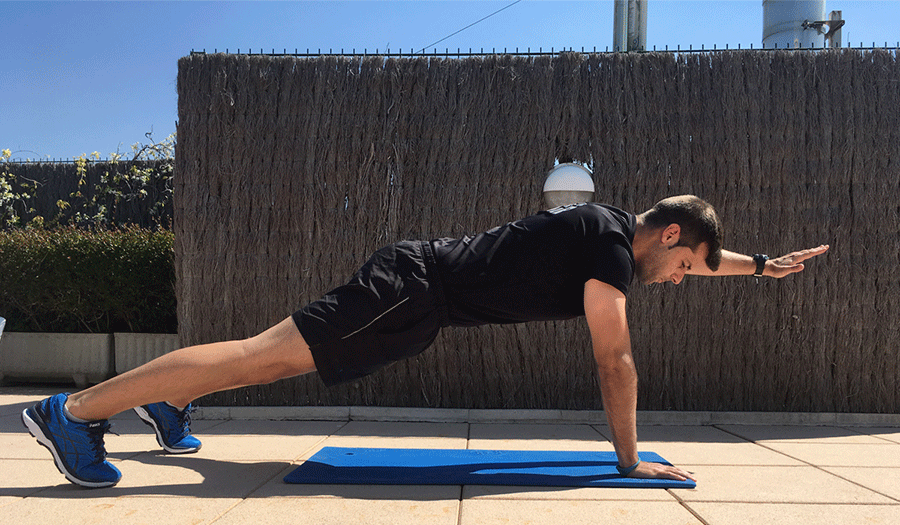
- Plank with your feet on the floor and touch your opposite shoulder.
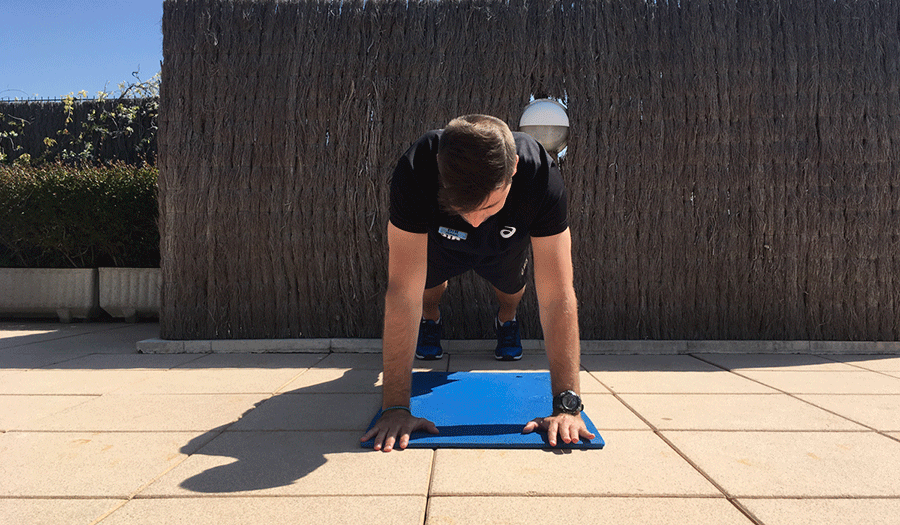
Share this ab workout with your gym mates. If you want more, we recommend this ab workout with 11 exercises.






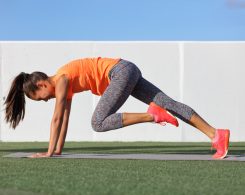


What do you think?